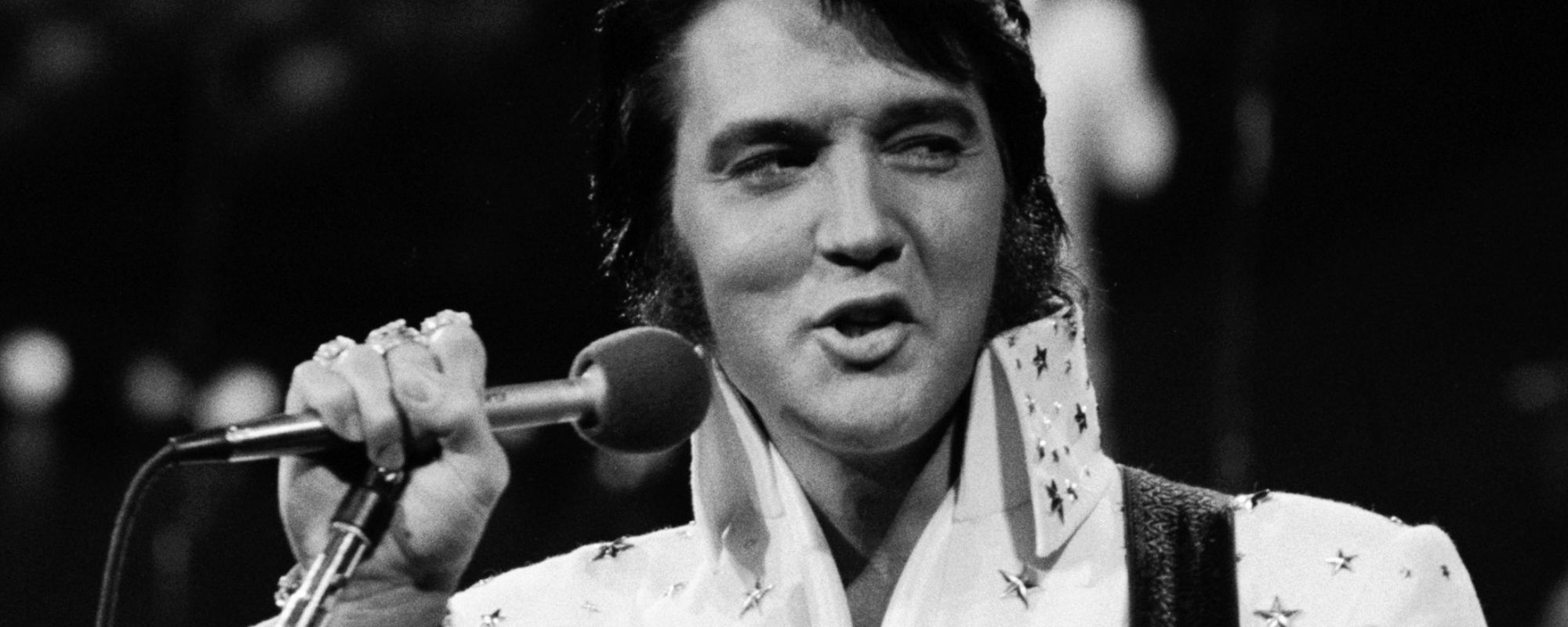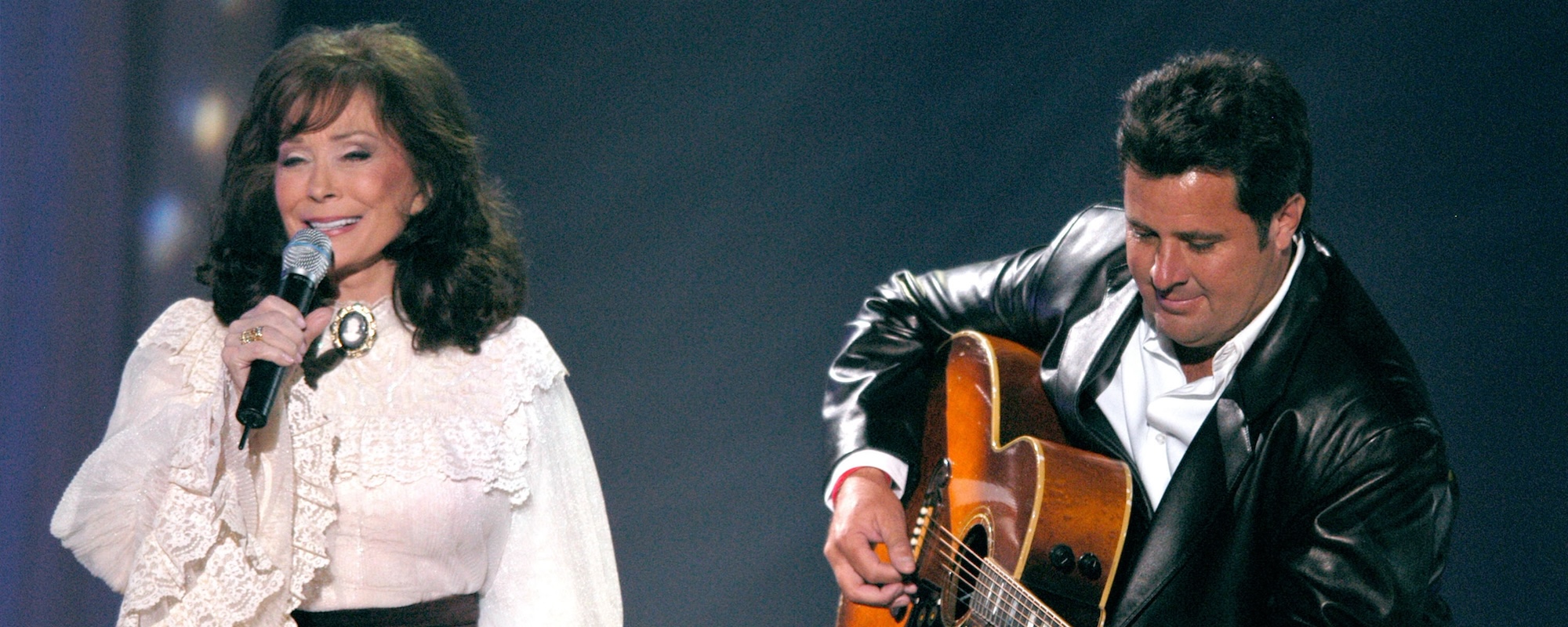Little Bo-Peep is not just a Pixar character in the Toy Story franchise. No, she is also the subject of a nursery rhyme and song that is hundreds of years old.
Videos by American Songwriter
Let’s dive in.
The Earliest Version
The rhyme, which is all about a small character named Bo-Peep who has lost her sheep, can be traced back to 1805, though it may be older than that.
Even then, the 1805 version only shows the first verse, about the adult Bo-Peep, little in stature, not years.
Prior to 1805, there was a kids’ game called bo-peep in the 1500s, much like the peek-a-boo of today. The term is mentioned in Shakespeare’s King Lear, but the rhyme itself, with the character and her sheep, has no record before the early 19th century.
[RELATED: Behind the Meaning of the Catchy Nursery Rhyme “John Jacob Jingleheimer Schmidt]
Subsequent verses were not found earlier than 1810, five years after the original first verse can be traced back. They were published in Gammer Gurton’s Garland or The Nursery Parnassus in 1810, in London.
More Bo Peep
Even further back, before Shakespeare, the term bo peep was used when someone stood in town “in a pillory,” or when your arms and head are in the stocks, bound and locked in a wooden device.
Perhaps ironically, though Bo Peep was not associated with sheep in the way the popular nursery rhyme suggests. There is a line from a 15th-century song in which the term and the animal are connected in verse and rhyme, according to the 1950 book, English Legends. The lyric goes, Halfe England ys nowght now but shepe / In every corner they play boe-peep.
Other Versions
Below is the most common version of the rhyme today, the melody for which was first recorded in 1870 by James William Elliott.
Little Bo-Peep has lost her sheep,
and doesn’t know where to find them;
leave them alone, And they’ll come home,
wagging their tails behind them.
While there are slight variations to the above, including a second line that can also be said, And can’t tell where to find them, the main text remains the same.
[RELATED: Behind the Meaning of the Traditional Nursery Rhyme “Mary Had a Little Lamb”]
The differences come in with the other verses. Those may include,
Little Bo-Peep fell fast asleep,
and dreamt she heard them bleating;
but when she awoke, she found it a joke,
for they were still a-fleeting.
Then up she took her little crook,
determined for to find them;
she found them indeed, but it made her heart bleed,
for they’d left their tails behind them.
It happened one day, as Bo-Peep did stray
into a meadow hard by,
there she espied their tails side by side,
all hung on a tree to dry.
She heaved a sigh and wiped her eye,
and over the hillocks went rambling,
and tried what she could, as a shepherdess should,
to tack each again to its lambkin
Final Thoughts
As with the best of these memorable, often adorable nursery rhymes and lullabies, they can be read on several levels. On the one hand, you have Little Bo Peep and her sheep. There is a conundrum, it’s solved and everyone is happy and rhyming the day away.
On the other hand, you have a life lessons: don’t obsess. In other words, the song’s first verse tells us to leave them alone and they will return. That’s fate, that’s physics. And that’s the message of the original verse.
The other verses amount to fantasy. But there is a lesson there, too—If life throws you lemons, make lemonade. Or, if your sheep lose their tails, tack ’em back on.
There is a lot to learn from Bo-Peep.
Photo by: Sepia Times/Universal Images Group via Getty Images













Leave a Reply
Only members can comment. Become a member. Already a member? Log in.